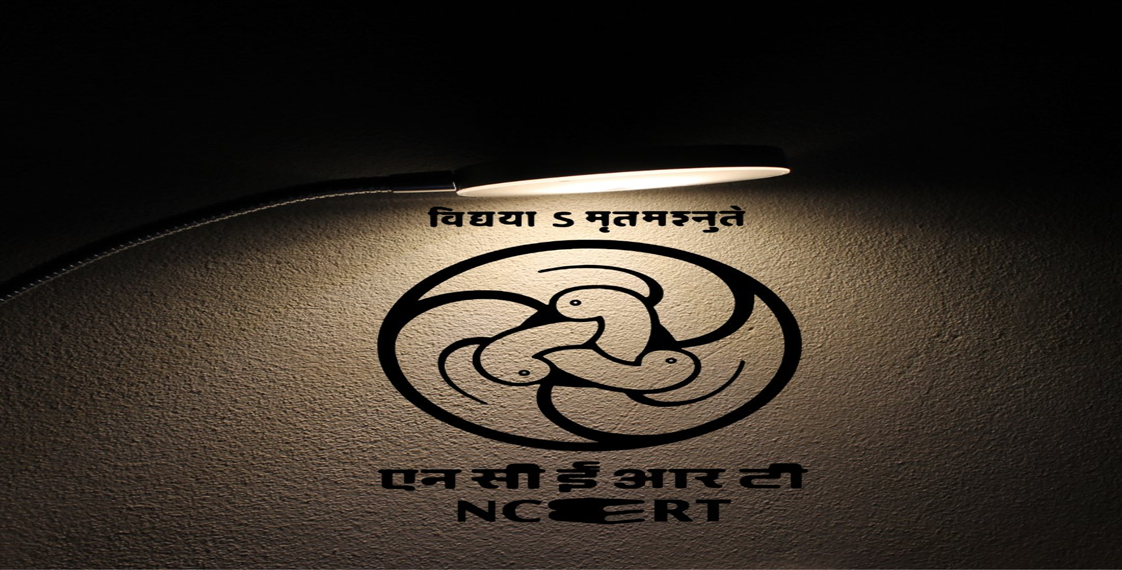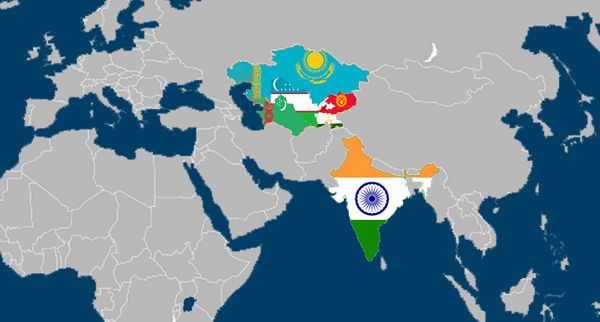- Courses
- GS Full Course 1 Year
- GS Full Course 2 Year
- GS Full Course 3 Year
- GS Full Course Till Selection
- MEP (Mains Enrichment Programme) Data, Facts
- Essay Target – 150+ Marks
- Online Program
- GS Recorded Course
- NCERT- First Ladder
- Polity
- Geography
- Economy
- Ancient, Medieval and Art & Culture AMAC
- Modern India, Post Independence & World History
- Environment
- Governance
- Science & Technology
- International Relations and Internal Security
- Disaster Management
- Ethics
- Current Affairs
- Indian Society and Social Issue
- CSAT
- 5 LAYERED ARJUNA Mentorship
- Public Administration Optional
- ABOUT US
- OUR TOPPERS
- TEST SERIES
- FREE STUDY MATERIAL
- VIDEOS
- CONTACT US
NCERT's Recent Textbooks Updates
NCERT's Recent Textbooks Updates
22-05-2024

NCERT's recent textbook revisions include the addition of DNA analysis findings from Rakhigarhi that support the continuity of ancient Indian culture.
- Other notable changes include highlighting Ahom victories, using honorifics for Shivaji, and modifying historically loaded words like "rebel" to "revolt."
Key Facts about Rakhigarhi:
-
Location: Rakhigarhi is a significant Indus Valley Civilization (IVC) site situated in Haryana's Hisar district, on the Ghaggar-Hakra river plain.
-
Significance:
- It is one of the largest IVC sites, located on the banks of the now-dry Sarasvati River.
- 3 distinct layers of the Early, Mature, and Late phases of the IVC have been identified at Rakhigarhi.
-
Major Findings:
- Rakhigarhi has yielded various artifacts, including a drainage system, lanes, a jewellery unit, copper and gold jewellery, terracotta toys, earthen pots, seals, a burnt-brick wall, semi-precious stones, and 2 female skeletons buried with pottery and adornments.
- Notably, a cylindrical seal with 5 Harappan characters on one side and an alligator symbol on the other was discovered at the site.
-
DNA Analysis:
- Rakhigarhi's DNA analysis suggests a genetic continuity between the IVC inhabitants and contemporary populations, potentially challenging previous theories of large-scale migrations.
- This finding reinforces the theory of an indigenous origin for the IVC, one of the world's ancient civilizations.
About the National Council of Educational Research and Training (NCERT):
-
Background:
- NCERT is an autonomous body established by the Government of India in 1961.
- Its purpose is to advise the Central and State Governments on policies and programs aimed at improving the quality of school education.
-
Objectives:
- NCERT and its constituent units focus on conducting research in school education, developing textbooks and educational materials, training teachers, promoting innovative teaching methods, collaborating with educational organizations, and working towards achieving Universal Elementary Education goals.
-
NCERT and the National Education Policy (NEP) 2020:
- As per the NEP 2020, NCERT has the primary responsibility of developing National Curriculum Frameworks (NCFs) for Early Childhood Care and Education (ECCE), School Education, and Adult Education.
|
Ahom Dynasty: |
Chhatrapati Shivaji Maharaj (1630-1680 CE): |
|
|
Must Check: Best IAS Coaching In Delhi



